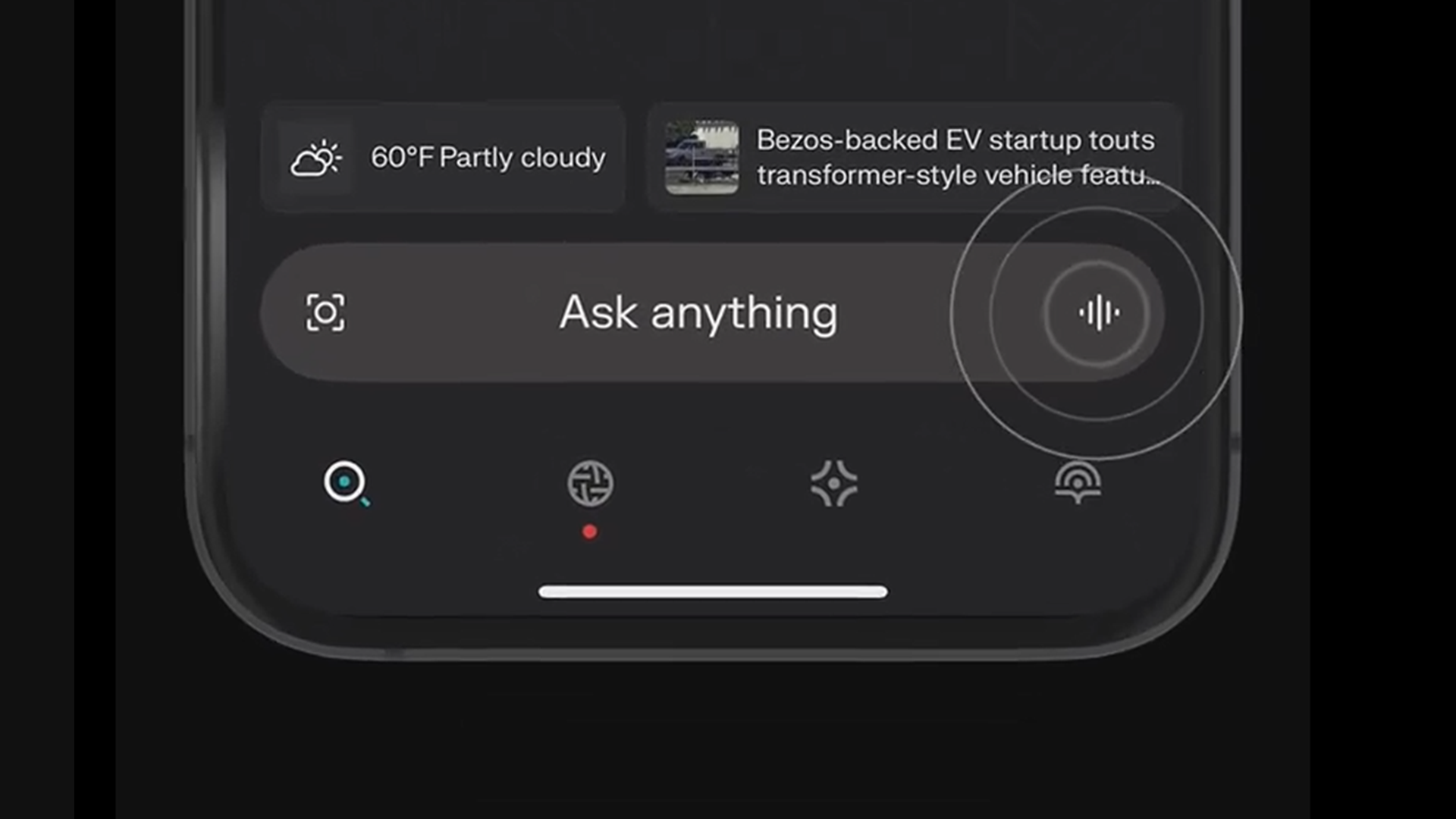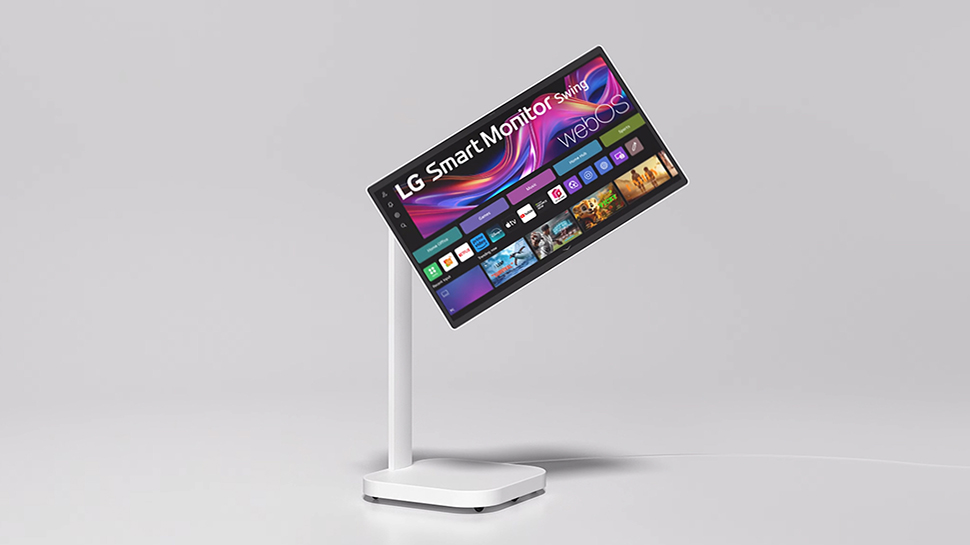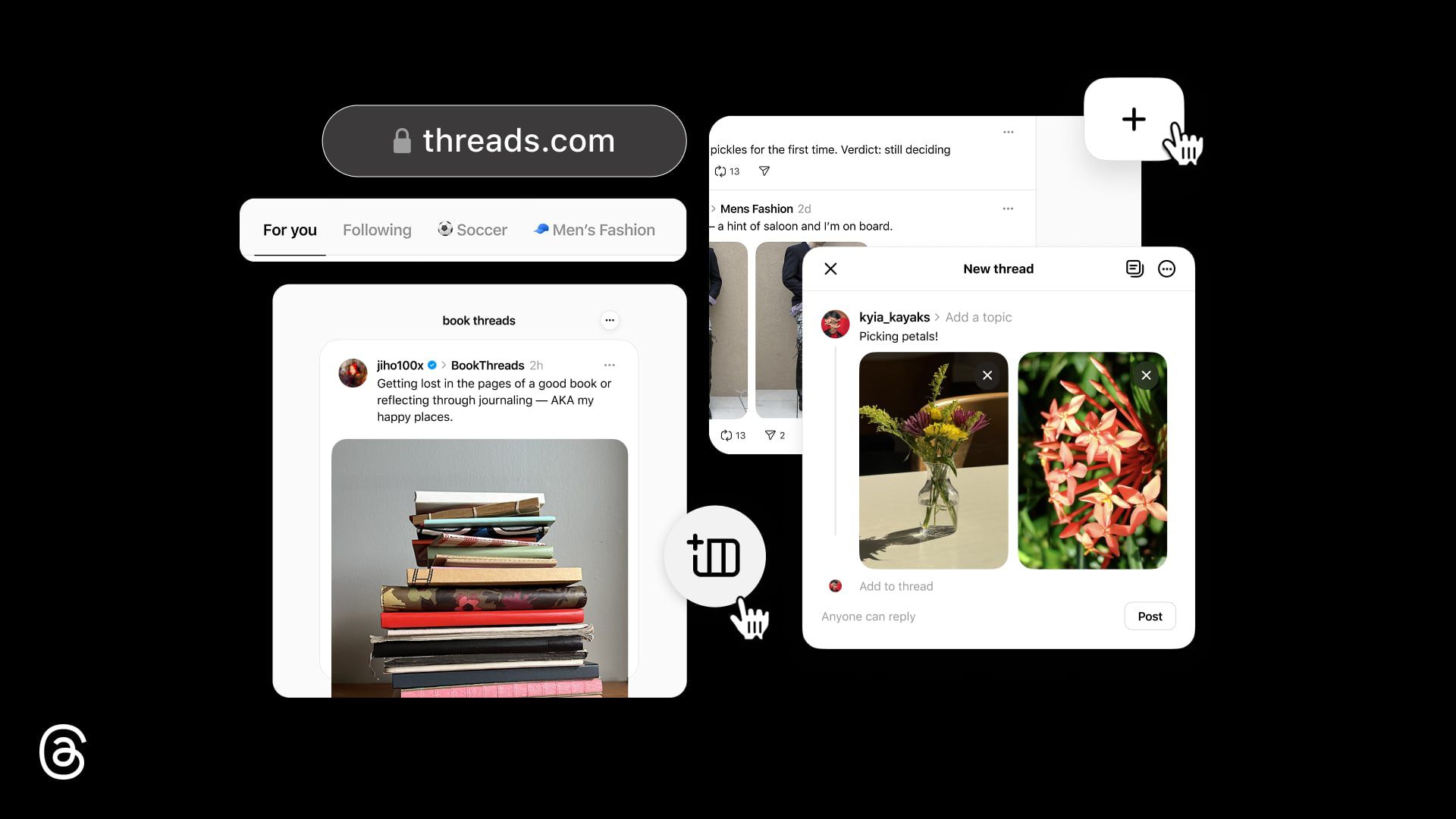Combining UI and API Testing: A Unified QA Strategy for Modern Teams
When building a modern web or mobile app, it's easy to focus only on what the user sees—buttons, forms, and pages. And sure, that’s important. But what happens when the data behind the scenes breaks, or the server behaves unexpectedly? That’s where combining UI testing with API testing creates real magic in quality assurance. Many teams today begin with tools like WebDrivers in Selenium to cover basic user flows—clicking a button, filling out forms, checking that a login works. It’s a reliable and mature solution for browser-based checks. But these automated UI testing flows only scratch the surface of your app’s behavior. To truly know whether your system works end to end, you need to test what happens behind the interface—in the communication between your front-end and back-end, and between services talking to each other through APIs. Let’s explore what this unified approach looks like, and why it matters more than ever. What Is UI Testing, and Why Isn't It Enough? At its core, UI testing is about simulating user actions on the front-end of your app. If a user clicks "Sign Up", fills in their name, and submits, your UI tests make sure all the right buttons are there and behave correctly. So, what is UI testing in practice? It’s validation of the look and behavior of your application—from layout to interaction. You’re essentially checking, "If I do X, does Y happen visually?" But there’s a limit. UI tests tend to be slower and more brittle than other types of tests. They might tell you something looks wrong, but not why. If your database is down or an API call fails silently, your UI test may still pass… or fail with a vague error. That’s where API testing becomes the secret weapon. What Is API Testing? Let’s break it down simply. APIs—short for Application Programming Interfaces—let different parts of your system talk to each other. Your frontend calls APIs to fetch data, log users in, or save new content. If an API goes down, the app may look fine at first—but it won’t work. So, what is API testing exactly? It means sending requests directly to those APIs, bypassing the UI entirely. You check things like: Is the response coming back? Is it the correct data? How fast is it? What happens when I send bad input? These tests are much faster and more reliable than UI ones because they skip the browser and go straight to the source. Why Combine UI and API Testing? Think of API and UI tests like two sides of the same coin. Relying on just one gives you an incomplete picture. UI tests show how your users interact; API tests check the engine underneath. Together, they form end to end testing—a strategy where you test the entire flow of your app, from clicking a button to verifying that data is saved correctly in the backend. Here’s an example: A user registers through the UI. Your test clicks the form, enters details, and submits. Then, it sends an API call to check the new user exists in the database. Finally, it fetches the confirmation email via another API. That’s full coverage. And it reduces guesswork when something breaks—because your test knows exactly where things failed. Benefits of a Unified QA Strategy Let’s get practical. Why should your QA or dev team care about combining UI and API testing? 1. Faster feedback API tests run in seconds. Instead of waiting for a full UI test suite to finish, you get quicker alerts on deeper issues. 2. Better failure insight When a UI test fails, you often have to dig around. With API validation in place, you’ll know whether it’s a visual bug or a backend issue. 3. More reliable pipelines In CI/CD environments, combining API automation testing with UI tests creates a smoother, more dependable deployment process. 4. Efficient debugging Debugging is faster when tests are layered. Your UI test fails? Check the linked API call. Narrowing down the problem becomes easier. 5. Cost-effective scaling API testing automation scales better than UI. You can run thousands of API requests in parallel with far less resource overhead. Best Practices for Combined Testing If you’re ready to build a smarter QA pipeline, here are a few best practices to get started: Start API-first when possible: Write API tests for core logic before you even design the front end. This ensures the foundation is strong. Use mock data smartly: For early testing, mock your API responses to focus on UI interactions. Later, test with live endpoints. Chain your tests: Let your UI test trigger an API check afterward. For example, after submitting a form, verify via API that the data was saved. Maintain clear separation: Keep your UI and API test logic in different layers, but let them communicate when needed. Tag and organize tests: Group tests by flow, endpoint, or feature so you can run the right set depending on what code changed. Types of API Testing You Should Know API testing isn’t one-size-fits-all. Here are

When building a modern web or mobile app, it's easy to focus only on what the user sees—buttons, forms, and pages. And sure, that’s important. But what happens when the data behind the scenes breaks, or the server behaves unexpectedly? That’s where combining UI testing with API testing creates real magic in quality assurance.
Many teams today begin with tools like WebDrivers in Selenium to cover basic user flows—clicking a button, filling out forms, checking that a login works. It’s a reliable and mature solution for browser-based checks. But these automated UI testing flows only scratch the surface of your app’s behavior.
To truly know whether your system works end to end, you need to test what happens behind the interface—in the communication between your front-end and back-end, and between services talking to each other through APIs.
Let’s explore what this unified approach looks like, and why it matters more than ever.
What Is UI Testing, and Why Isn't It Enough?
At its core, UI testing is about simulating user actions on the front-end of your app. If a user clicks "Sign Up", fills in their name, and submits, your UI tests make sure all the right buttons are there and behave correctly.
So, what is UI testing in practice? It’s validation of the look and behavior of your application—from layout to interaction. You’re essentially checking, "If I do X, does Y happen visually?"
But there’s a limit. UI tests tend to be slower and more brittle than other types of tests. They might tell you something looks wrong, but not why. If your database is down or an API call fails silently, your UI test may still pass… or fail with a vague error.
That’s where API testing becomes the secret weapon.
What Is API Testing?
Let’s break it down simply.
APIs—short for Application Programming Interfaces—let different parts of your system talk to each other. Your frontend calls APIs to fetch data, log users in, or save new content. If an API goes down, the app may look fine at first—but it won’t work.
So, what is API testing exactly? It means sending requests directly to those APIs, bypassing the UI entirely. You check things like:
- Is the response coming back?
- Is it the correct data?
- How fast is it?
- What happens when I send bad input?
These tests are much faster and more reliable than UI ones because they skip the browser and go straight to the source.
Why Combine UI and API Testing?
Think of API and UI tests like two sides of the same coin.
Relying on just one gives you an incomplete picture. UI tests show how your users interact; API tests check the engine underneath.
Together, they form end to end testing—a strategy where you test the entire flow of your app, from clicking a button to verifying that data is saved correctly in the backend.
Here’s an example:
A user registers through the UI. Your test clicks the form, enters details, and submits. Then, it sends an API call to check the new user exists in the database. Finally, it fetches the confirmation email via another API.
That’s full coverage. And it reduces guesswork when something breaks—because your test knows exactly where things failed.
Benefits of a Unified QA Strategy
Let’s get practical. Why should your QA or dev team care about combining UI and API testing?
1. Faster feedback
API tests run in seconds. Instead of waiting for a full UI test suite to finish, you get quicker alerts on deeper issues.
2. Better failure insight
When a UI test fails, you often have to dig around. With API validation in place, you’ll know whether it’s a visual bug or a backend issue.
3. More reliable pipelines
In CI/CD environments, combining API automation testing with UI tests creates a smoother, more dependable deployment process.
4. Efficient debugging
Debugging is faster when tests are layered. Your UI test fails? Check the linked API call. Narrowing down the problem becomes easier.
5. Cost-effective scaling
API testing automation scales better than UI. You can run thousands of API requests in parallel with far less resource overhead.
Best Practices for Combined Testing
If you’re ready to build a smarter QA pipeline, here are a few best practices to get started:
- Start API-first when possible: Write API tests for core logic before you even design the front end. This ensures the foundation is strong.
- Use mock data smartly: For early testing, mock your API responses to focus on UI interactions. Later, test with live endpoints.
- Chain your tests: Let your UI test trigger an API check afterward. For example, after submitting a form, verify via API that the data was saved.
- Maintain clear separation: Keep your UI and API test logic in different layers, but let them communicate when needed.
- Tag and organize tests: Group tests by flow, endpoint, or feature so you can run the right set depending on what code changed.
Types of API Testing You Should Know
API testing isn’t one-size-fits-all. Here are some common types of API testing to include in your test suite:
- Functional testing – Does the API do what it's supposed to?
- Performance testing – How fast does it respond under load?
- Security testing – Can unauthorized users access it?
- Error handling – What happens with bad inputs?
- Contract testing – Is the API responding in the correct format?
Each of these adds a layer of confidence to your system.
Tooling: What Should You Use?
You don’t need to reinvent the wheel. There are plenty of mature tools that support both UI and API testing.
For UI:
- Selenium (with WebDriver support)
- Playwright
- Cypress
For API:
- Postman (great for beginners)
- REST-assured (Java)
- SuperTest (Node.js)
- Karate (UI + API testing in one)
Many frameworks even support test orchestration across layers—run your API validations before or after UI flows, all in one suite.
Final Thoughts: It’s Not Either-Or
One of the most common mistakes in testing strategy is treating UI and API tests as alternatives. They're not. They complement each other.
UI tests give you the user perspective. API testing gives you backend truth. Together, they make your testing stronger, your bugs easier to diagnose, and your releases safer.
Don’t be afraid to start small. Begin by adding one or two API testing steps after critical UI flows. Over time, you’ll build a system that’s faster, more confident, and ready for anything your users throw at it.








































































































































































![[The AI Show Episode 144]: ChatGPT’s New Memory, Shopify CEO’s Leaked “AI First” Memo, Google Cloud Next Releases, o3 and o4-mini Coming Soon & Llama 4’s Rocky Launch](https://www.marketingaiinstitute.com/hubfs/ep%20144%20cover.png)


















































































































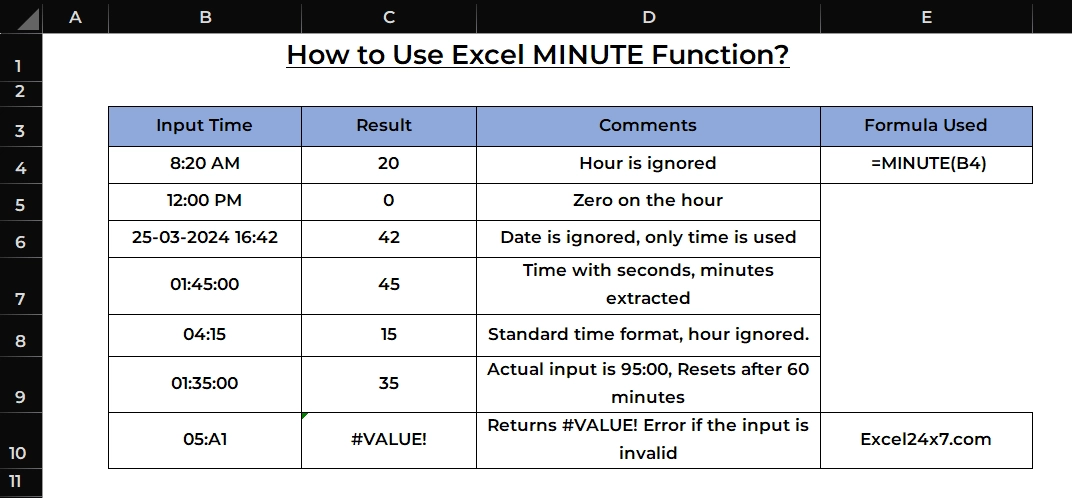
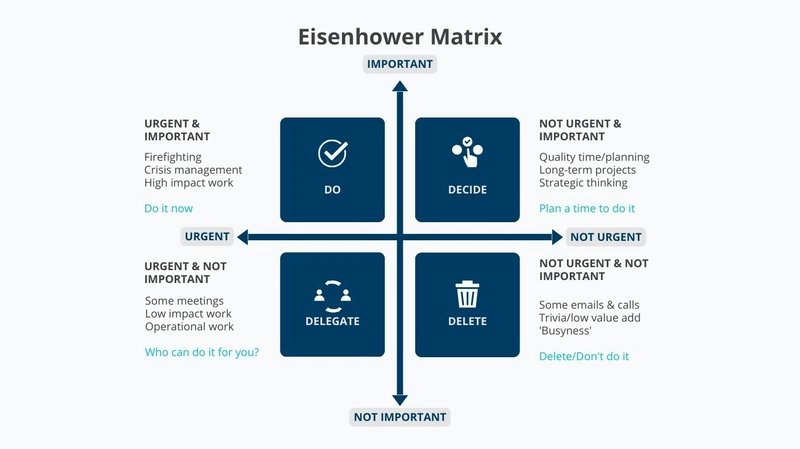


























































































































.jpg?#)






















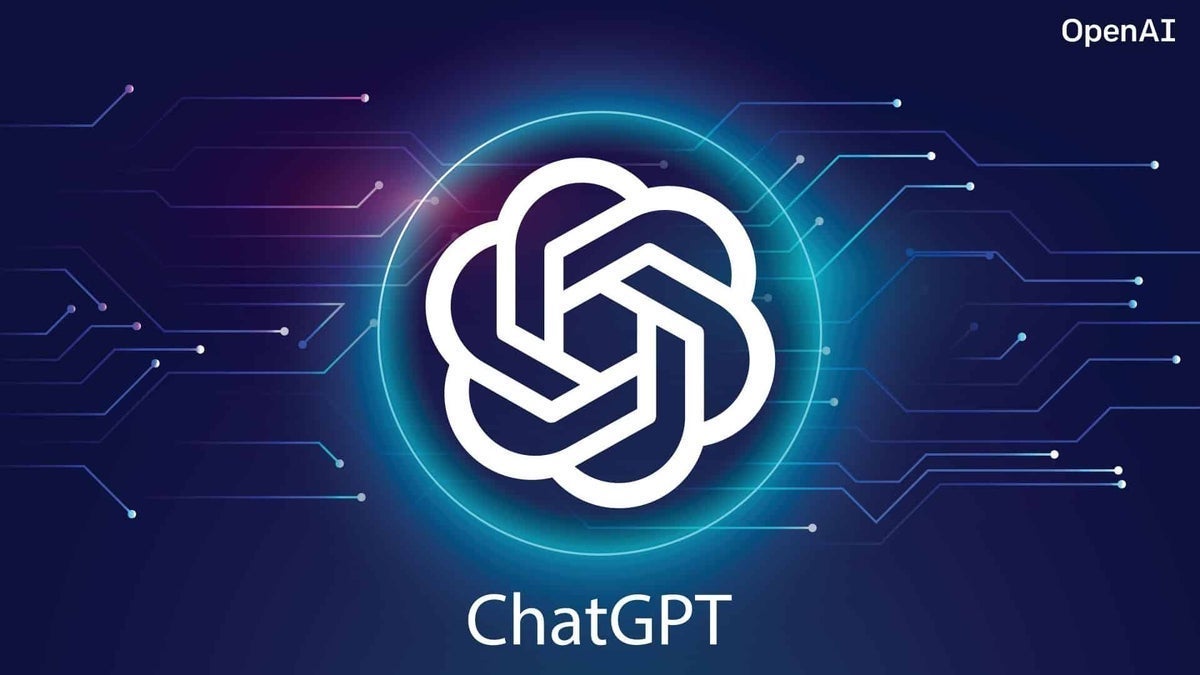






































































































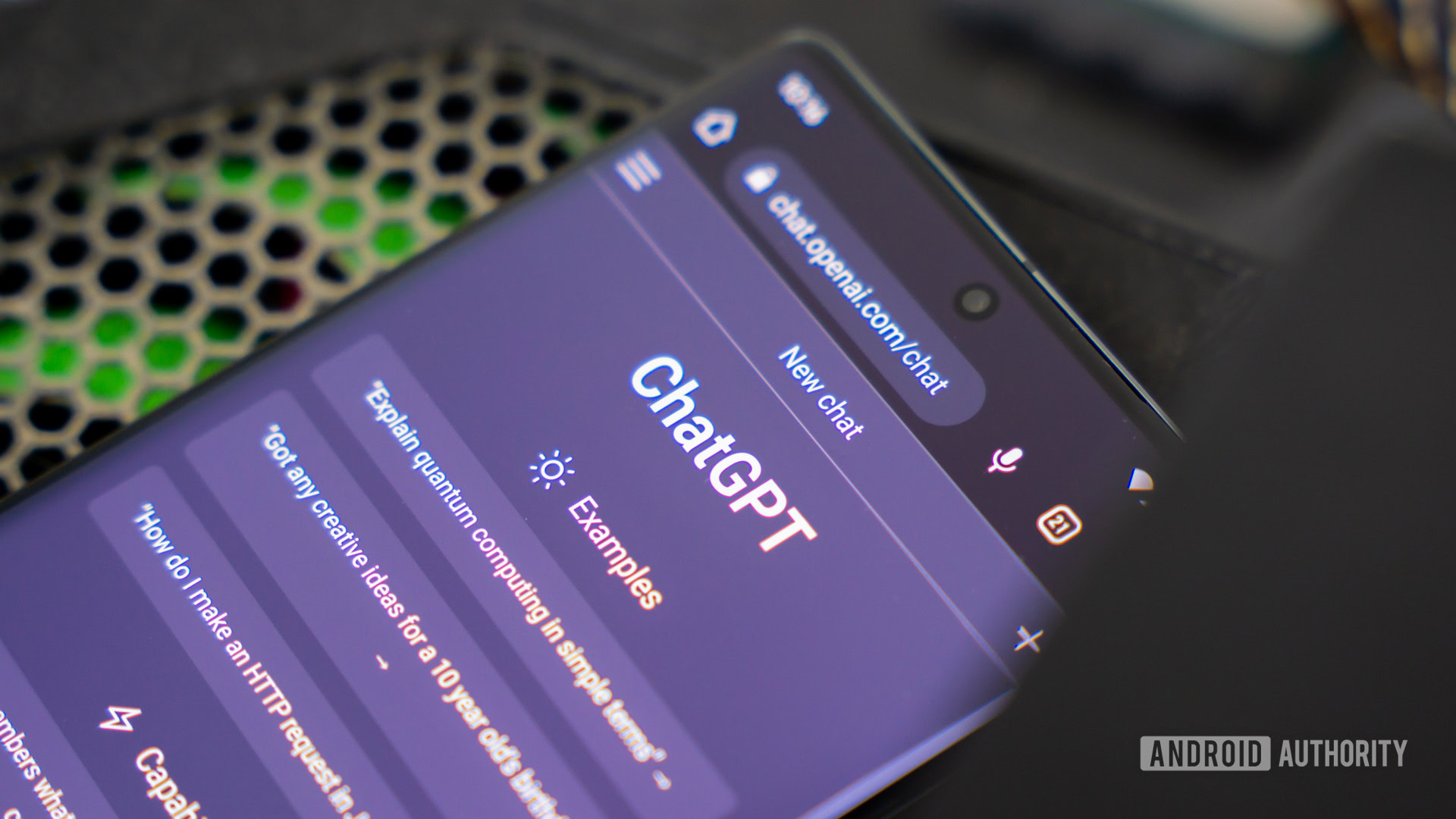

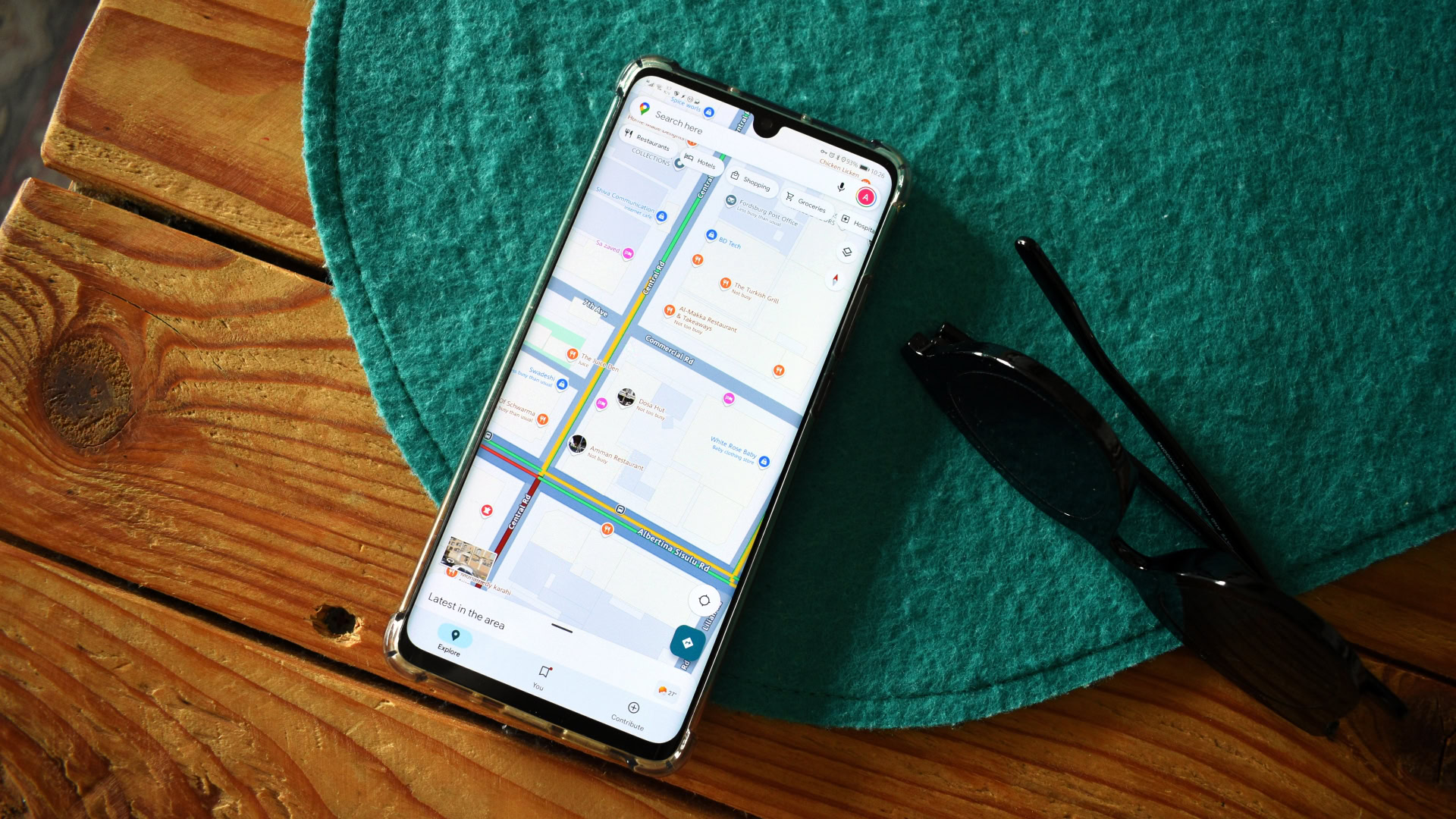


















![Apple to Shift Robotics Unit From AI Division to Hardware Engineering [Report]](https://www.iclarified.com/images/news/97128/97128/97128-640.jpg)

![Apple Shares New Ad for iPhone 16: 'Trust Issues' [Video]](https://www.iclarified.com/images/news/97125/97125/97125-640.jpg)

















